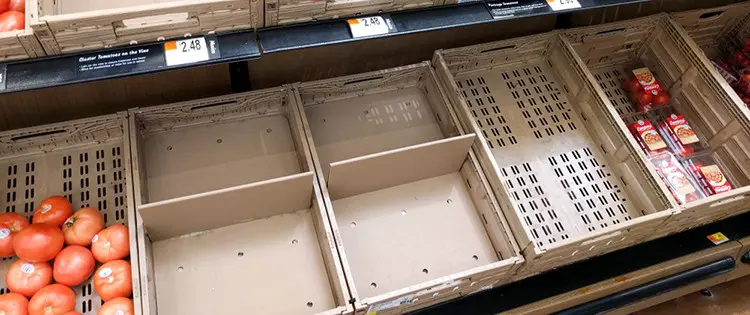Have you ever thought about what would happen if one day there is no more food left in the US?
Sounds scary, right?! But guess what?! You will never starve if you own a homestead!
We all experienced challenges during the pandemic when it came to acquiring food. Unfortunately, the US may face a similar food shortage soon. The pandemic season inspired me to master growing food on my homestead.
This practice proved invaluable, as I never ran short on food supplies throughout the entire ordeal. Today, I’m here to share these tried and tested tricks I’ve learned to help you prepare for the upcoming food shortage in the US.
So, without further ado, let’s delve into the details.
When it comes to preparing for a food shortage, there are many things you can do. However, not all of them might work well if you do not know the right procedure to attempt them. In order to ensure a smooth experience, below I have compiled a detailed list of steps to take before a food shortage occurs.
Stock On Non-Perishable Food Items
I had always relied on non-perishable food items on the days when I was feeling lazy. And this made me realize how convenient these eatables can be. Now, you must be wondering what non-perishable food items are. So, these are edible products that you can store at room temperature for a very long time.
Anything canned, dehydrated, or dried is a non-perishable food item.
Some common examples include butter, beans, coffee, dried milk, and our most consumed staple, rice and flour. I recommend storing these eatables in a cool and dry place, in protective containers, so they can last for a good long time.

Prepare A (Mini) Vegetable Garden
I always had this urge to create a vegetable garden in my yard, so why not put this interest to some good use now?
One of the best ways to ensure you get fresh produce every day is by planting a vegetable garden on your homestead. If you don’t have enough space, this can be made in a smaller size. The best part would be that it only requires a little space.
You must start by finding a suitable spot that receives ample sunlight and is not overcrowded. Next, you need to decide on the vegetables you want to grow.
For beginners, I suggest starting with something easy like tomatoes, lettuce, or peppers. A wise decision would be to choose vegetables that are easy to grow and are known to provide high yields.
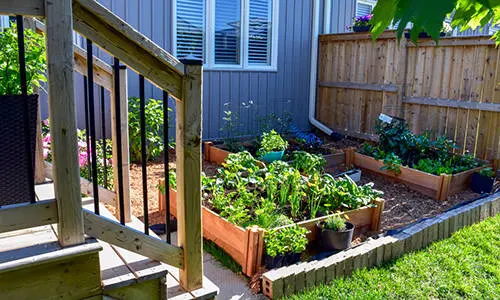
Raise Livestock On Your Homestead
I believe raising livestock on your homestead amidst the upcoming food shortage is indeed a practical and effective option. Raising livestock on your homestead is a fantastic way to ensure a sustainable source of meat, eggs, and dairy products during a food shortage.
The easiest livestock you can have on your farm are chickens. You can get two or maybe three of them and have them run around on your homestead.
But if you’re fortunate enough to have ample space on your homestead, why not consider larger livestock like cows or sheep?
These animals provide a sustainable source of dairy products, including milk, butter, and cheese. In addition to dairy, cows offer an excellent source of meat. From juicy steaks to flavorful roasts, having your own beef cattle ensures a sustainable supply of high-quality meat.
Related: Livestock Animals You Should Start Raising For The Upcoming Economic Crisis
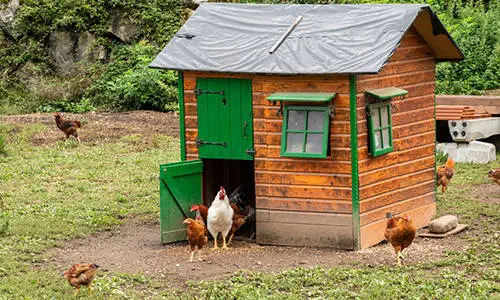
Store The Eatables Properly
The next thing you need to learn is how to store the eatables properly so they won’t spoil or rot. I believe if the food is stored properly under the right conditions, it could last for almost a year.
First, I will discuss the dry food in your pantry, like rice, flour, and beans. Store them in airtight containers to avoid spoiling the edibles due to moisture. For the canned goods, I suggest storing them at room temperature. Let me share a secret tip that works best with canned food! So, all you have to do is rotate your stock as you buy the new ones.
As you purchase new cans, ensure that the ones with closer expiration dates are placed at the front of your pantry. On the other hand, position the food items with a longer shelf life towards the back. By doing so, you will not only have healthy food to eat but also reduce waste at the same time.
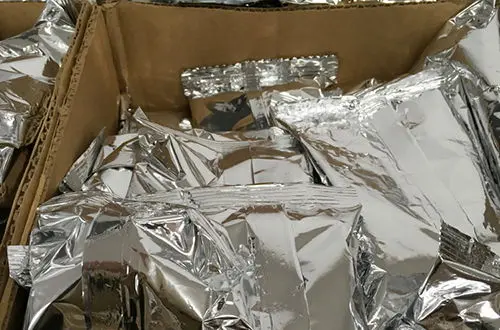
Get Knowledge Of Seed-Saving Practices
Seed-saving practices can be incredibly valuable in preparing for potential food shortages. Due to my concern about food security, I’ve spent a lot of time researching seed-saving techniques and tips. Let me share my knowledge with you!
One important thing to remember while collecting seeds is to ensure they are fully mature and dry. Proper storage is also vital for maintaining a seed’s viability. I highly recommend using airtight containers such as glass jars or envelopes to keep seeds safe from moisture and pests.
Including some rice in the containers also worked well for me to absorb any extra moisture that was left behind. For neat organisation, label each container with the seed’s name and the date it was collected.
Related: How to Properly Harvest Seeds
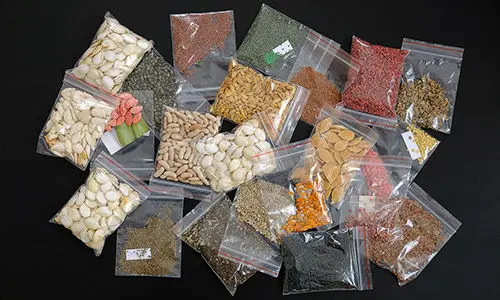
Plant Plenty Of Perennial Staple
One fantastic strategy I have embraced during the past few years is planting perennial staples in my garden. With annual plants, you have to go through the process of sowing seeds, nurturing seedlings, and anxiously waiting for them to grow.
But with perennials, it’s a whole different story. Once you sow them, they come back on their own. One of my favorite perennial staples is the mighty asparagus. However, just like any plant, asparagus will also require maintenance and patience at first.
Rhubarb, thyme, rosemary, and sage are other delicious perennial options. These options will not only add flavor to your cooking but also make your garden smell amazing. During the growing season, I suggest you provide them with adequate water to keep pesky weeds at bay. But apart from that, perennial crops can take care of themselves.
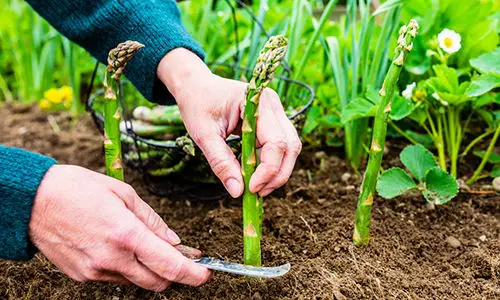
Create A Backyard Fruits Orchard
On the days when the market or your local grocery runs out of fruits, your very own fruit orchard can become a life savior.
I have always been a fruit person, and every one of you would have thought of starting your own fruit orchard at some point in your life. So why not utilize this superb strategy as we face the possibility of potential food shortages in the US?
Having a fruit orchard means you no longer rely on external sources for your fruit supply. Moreover, you can choose to grow your fruits organically, avoiding harmful pesticides and chemicals. This not only promotes your family’s health but also contributes to a more sustainable and environmentally friendly approach to food production.
Start with apples, peaches, and pears, then proceed with other fruits.
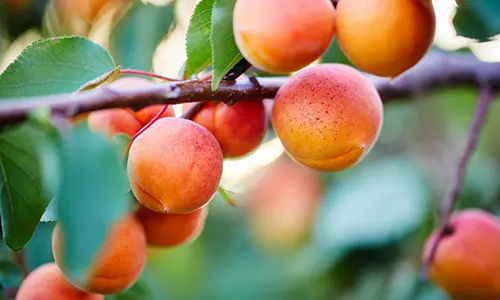
Master Preservation Skills
Preserving food allows you to extend the shelf life of perishable items, ensuring you have an abundance of nourishment even when fresh produce is short. Plus, it’s a fantastic way to make the most of your garden harvest or take advantage of seasonal crops.
The first preservation method I delved into was canning homemade jams. For this purpose, all you have to do is select the ripest fruits and transform them into spreads. Finally, seal them in those jars to preserve them for a long time.
Another excellent preservation method I believe everyone should master is dehydrating eatables. It’s like preparing a healthy and organic pack of snacks for yourself. You can use fresh fruits from your garden, like apples and bananas.
The best part about dehydrated food is that they retain most of their nutritional value. As a result, these snacks are the healthiest option for those times when fresh produce is not readily available.
Bottom Line
With inflation reaching its peak, it’s evident that we may soon face food shortages. However, if you have a farmstead there is no need to strain your wallet and overall well-being.
Hopefully, I have provided you with enough productive strategies to try beforehand the food shortage occurs. Make sure to follow every point carefully to get the best results!
Happy farmsteading!
You may also like:
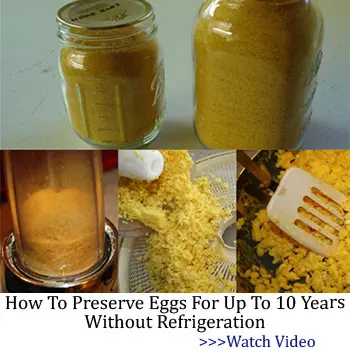 Depression-Era Secrets You’ll Need Soon
Depression-Era Secrets You’ll Need Soon
10 Things Cowboys Carried with Them in the Wild West to Survive (Video)

